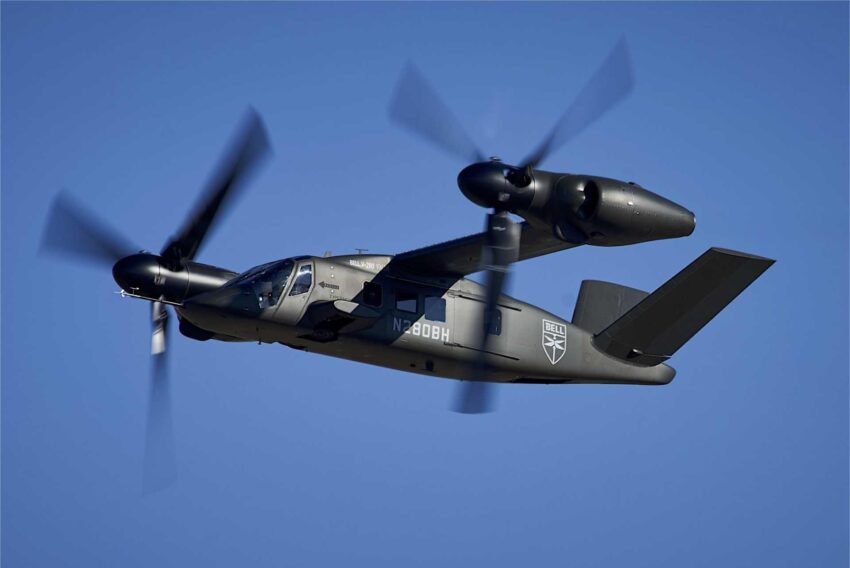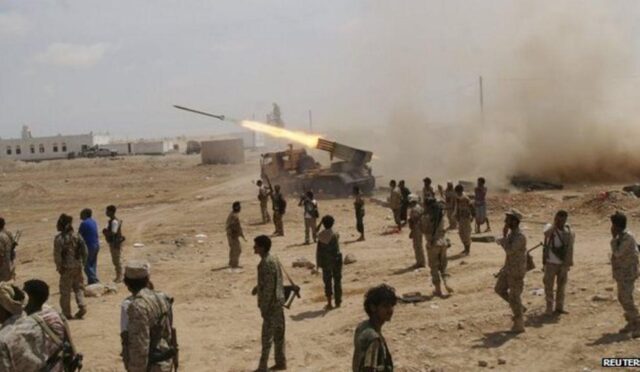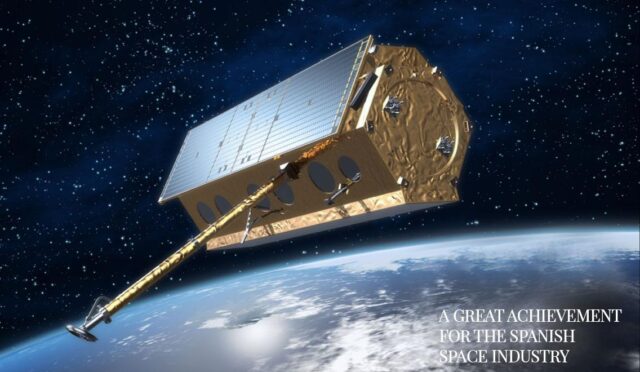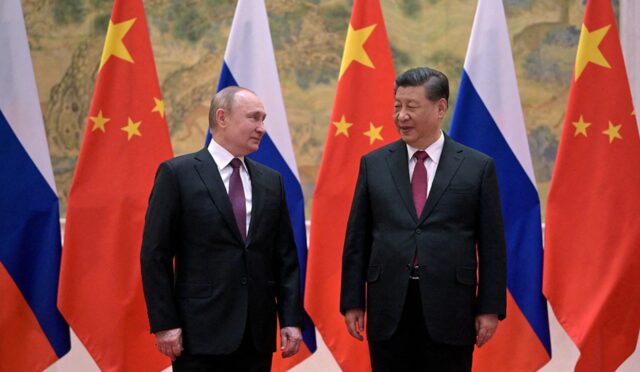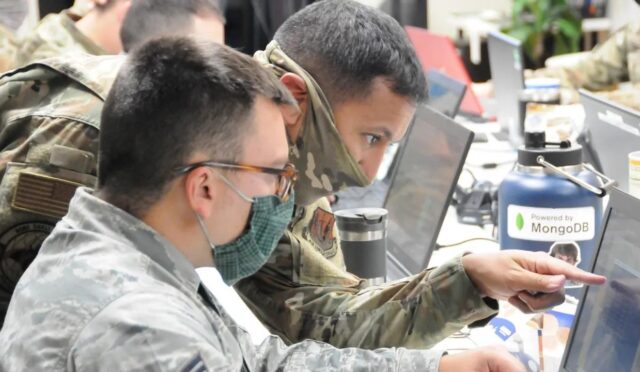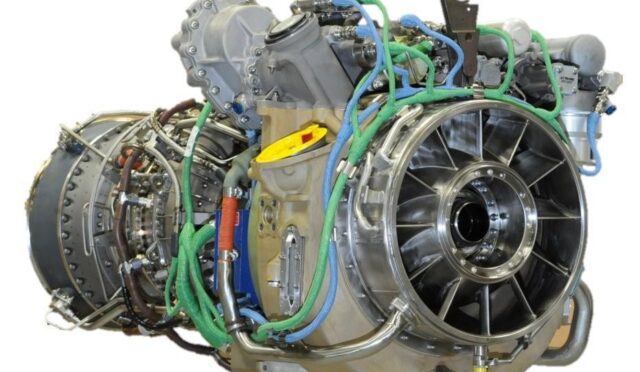Russia Unveils the Mi-80: A Leap into the Future of Helicopter Design
In a bold move toward modernizing its aviation capabilities, Russia has initiated the development of a next-generation multirole helicopter, the Mi-80. This new aircraft is intended to replace the aging Mi-8/17 fleet, which has been a stalwart in various branches of the Russian military for decades. According to Russian media outlets, the Mi-80 is expected to embody advanced technology and design principles, ensuring it meets the demands of contemporary airspace.
The Mi-80 is derived from the Mi-171A3, boasting a contemporary configuration that includes enhanced rotor blades and high-performance engines. The design improvements aim to not only increase operational efficiency but also reduce production costs. The manufacturing will primarily be managed by the Kazan Helicopter Plant alongside the Ulan-Ude Aviation Plant, both of which contributed to the previous models.
Technical Specifications and Enhancements of the Mi-80
Sources close to the project indicate that the Mi-80 will feature a maximum takeoff weight of 14 tons, or approximately 28,000 pounds. Its robust fuselage structure will be constructed using advanced polymer composites, which enhance durability while keeping the weight manageable. Additionally, the helicopter will incorporate impact-protected fuel tanks to boost safety margins during operation.
One of the significant design features of the Mi-80 is its optimized rotor placement, aimed at improving flight efficiency and maneuverability. These enhancements reflect a growing emphasis on safety and agility in military aircraft, an essential consideration in today’s dynamic operational environments.
Progress and Challenges in the Mi-80 Development Program
Despite the promising features and potential of the Mi-80, the program is currently in the technical specification phase. Moscow is reportedly working through several financial hurdles that must be addressed before full-scale production can commence. As challenges regarding budgets and logistics arise, the timeline for development remains uncertain.
However, should funding be successfully secured, experts predict that it could take approximately five years to bring the Mi-80 from concept to completion. This timeframe reflects the complexities inherent in the development of a state-of-the-art helicopter, aligning with the need for rigorous testing and validation processes.
Current Fleet and Global Recognition of the Mi-8/17
The Mi-8/17 helicopters have long been a backbone of the Russian Air Force, with over 700 units reportedly in operation. Beyond military applications, these versatile helicopters are believed to number over 800 when considering their use across various state agencies and military branches. Their reliability and adaptability have made them a popular choice for a wide range of missions.
On a global scale, approximately 3,000 Mi-8/17 helicopters are currently used by international operators, underscoring the model’s lasting legacy and widespread appeal. As the Mi-80 aims to enter this competitive landscape, it represents Russia’s commitment to maintaining and enhancing its aerial capabilities.
